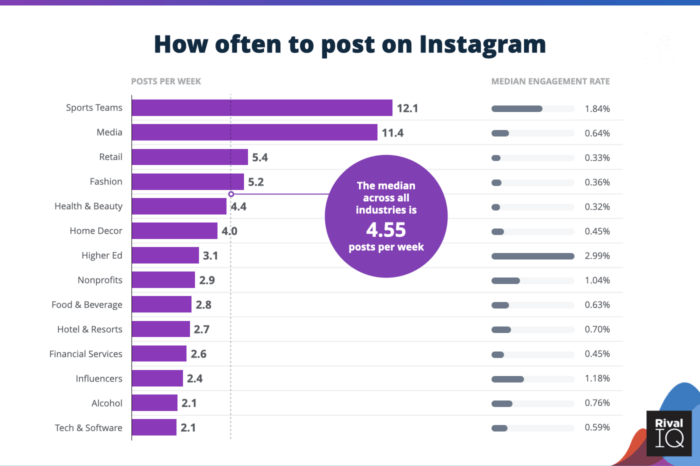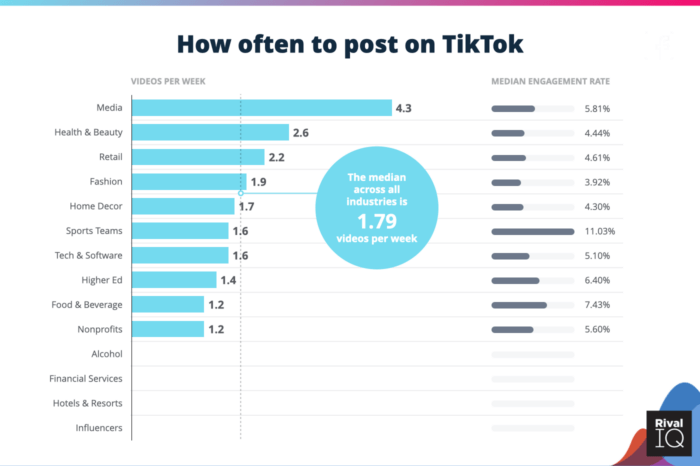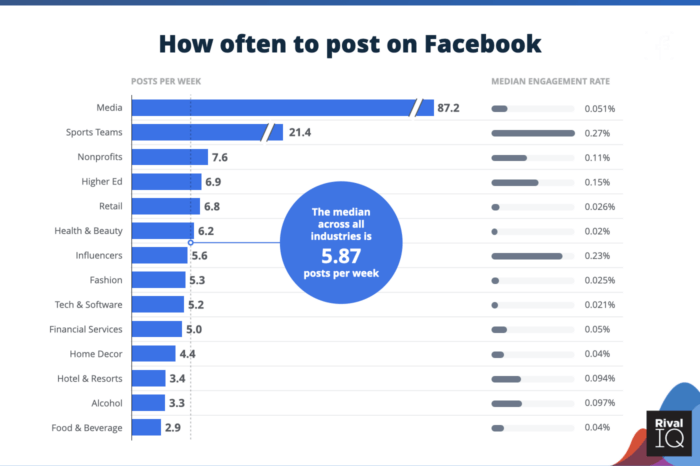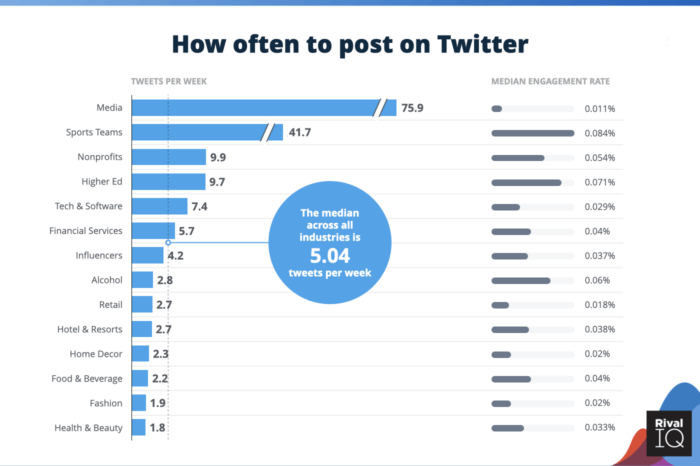We’re asked this question a lot: how often should I post on social media?
As with so many things, there’s no one-size-fits-all answer, but with a little experimentation and a lot of measurement, you’ll be able to find the right posting frequency for your brand or organization.
Before we jump in, there are a few key things to keep in mind besides the critical fact that what works well for your neighbor might not work well for you.
First of all, what’s in a post? Of course, sharing branded or external content with your followers that you think they’ll find valuable is important. But don’t forget about every marketer’s secret weapon: replies! This posting powerhouse lets your followers know you’re listening and definitely counts towards your weekly post count.
It’s also important to remember that posting frequency best practices vary widely from channel to channel, so don’t expect to find that what works for your brand on Twitter is the golden rule on Instagram too. Let’s break down how often to post on social media channel by channel.
How Often to Post on Instagram
Nailing your posting frequency on Instagram is a great place to spend your time and energy, since it’s by far the most engaging social media channel according to our latest Social Media Industry Benchmark Report.

The median brand posts about 4.5 times per week on Instagram, which is about every week day. Sports Teams and Media brands were the most active industries we surveyed, with 11 and 12 median posts per week respectively.
What does posting frequency look like for brands garnering high total engagement on Instagram? The top 25% of brands by engagement rate are posting about 3.5 times per week on Instagram, which is actually a little less frequently than the median brand. Does that mean you should post less often to boost engagement? Not necessarily, but it is a good indicator that focusing efforts on content that’s really going to resonate with your followers pays off.
How Often to Post on TikTok
TikTok engagement rates are on the rise as more and more brands jump on the video bandwagon, but posting frequency is still low on this channel. The median brand posts just under 2 videos a week on TikTok. Media brands and Health & Beauty brands are ahead of the TikTok posting frequency curve with 4.3 and 2.6 videos per week respectively.

Top-performing brands by engagement rate are posting just a little more frequently than the median brand at 1.9 posts per week. We’re betting these numbers will rise substantially over the next few years as brands get the hang of video, so be sure to watch this space.
How Often to Post on Facebook
Spoiler alert–the median brand posts 5.8 times per week on Facebook, which is the most frequent of any channel we studied in this post. Sports Teams and Media brands really went for it on Facebook with 21 and 87 (!) median posts per week respectively.

Brands performing in the top 25% by engagement rate actually posted a little less frequently than the median brand at just 5.1 posts per week, reminding us that cracking the code for posting frequency is tough. Did we mention that researching what works for your brand and followers is really the only way to figure out the right posting frequency to maximize engagement while not annoying your audience?
How Often to Post on Twitter
The median posting frequency on Twitter was pretty close to Facebook at 5 tweets per week. This channel’s most active industries were prolific, with Media brands averaging 75 tweets per week and Sports Teams averaging 41 tweets per week. All of this activity isn’t too surprising for a channel that’s so devoted to keeping followers up to date. Health & Beauty brands tweeted the least frequently of any industry at just 1.8 tweets per week, followed closely by Fashion brands, which tweeted 1.9 times per week.

It’s a weird coincidence, but top performers on Twitter by engagement rate tweeted exactly as frequently as brands earning median engagement rates: about 5 tweets per week.
Wrapping It Up
We hope this primer has provided you with some general guidelines and aspirations for your brand as you figure out how often to post on social media. As data geeks, we can’t say enough about how important it is to set up some experiments and then use native analytics or any one of our favorite social media analytics tools to measure, measure, measure until you find the right balance between optimizing engagement and not overwhelming your audience.
(Looking for even more social media best practices? Check out our primer on the best times to post on social to optimize your posting.)
This post was originally published on September 9, 2020 and has since been updated.
